This maritime Route, waterway by the ria de Arousa and the Ulla´s river, commemorate the arrival by sea in Galicia of the Apostol´s corpse Santiago el Mayor.
The coasts of ria de Arousa are varied in landscape and rich in historical inheritance; on its two banks we can observe a multitude of beaches, capes, bays and harbours, where the villas, fishermen, viticultural´s village, are living in a sincere harmony with the natural environnement. The large gastronomic noriety and the sweet weather of the ria offer a really attractiveplace to visit.
This maritime itinerary begins at the entrance of the ria de Arousa, leaving on starboard, Onza and Ons islands, in front of the ria de Pontevedra we observe the coasts of Sanxenxo: the nature of Ons island protected since it has been declared a natural area; we can access to it from Sanxenxo, area which stands out by its beauty so caracteristic of each ria´s corner, and the popular summer. Sanxenxo also get a group of historical buildings in Lanzada, formed by a necropole, a vigilence coast tower and a roman chapel called Nosa Señora da Lanzada. At the entrance of Arousa we can observe the coastline of Salvora island.
Due to a difficult navigation to access to the ria de Arousa (a lot of impassable banks), the more secure maritime road is the one which follows the “Canal Principal” between Savora island and the O Grove´s peninsula.
This canal is the reference Salvora´s lighthouse and Pombeiro island, at the extreme south east of O Grove. The canal follows this way doubling on starboard the San Vicente headland (O Grave) and accessing at the largest part of the ria, a sort of interior sea (330 km2). This meridional coastline is most jagger. The O Grove peninsula and A Toxa island form one of the most famous resorts of the ria.
The maritime Route continues in the North direction, passing between the rivers of A Pobra do Caramiñal and of A Illa de Arousa. This last island, standing in the middle of Arousa´s sea, is the biggest ria´s island, showing a jagged, rocky coastline with numerous beaches.
Leaving the rivers of Catoira and Rianxo, the itinerary takes the course of Ulla´s river, maintaining the cape in the direction of Pontecesures and the old river port of Iria Flavia in Padron.
From Pontecesures, we must continue the pilgrimage overland till Padron, Iria Flavia. After that we must take the direction of the Nosa Señora da Escravitude ´s baroque sanctuary, where we will meet a lot of Tea´s etnographic nucleus, in the middle of the woods, until the Castro Lupario, and arrive at the famous gothic crossroads of Cala, one of the oldest of Galicia, near the Compostela´s doors, final point of all the occidental pilgrimage routes. The urban itinerary of this Route in Santiago coincides with the Portuguese Route.

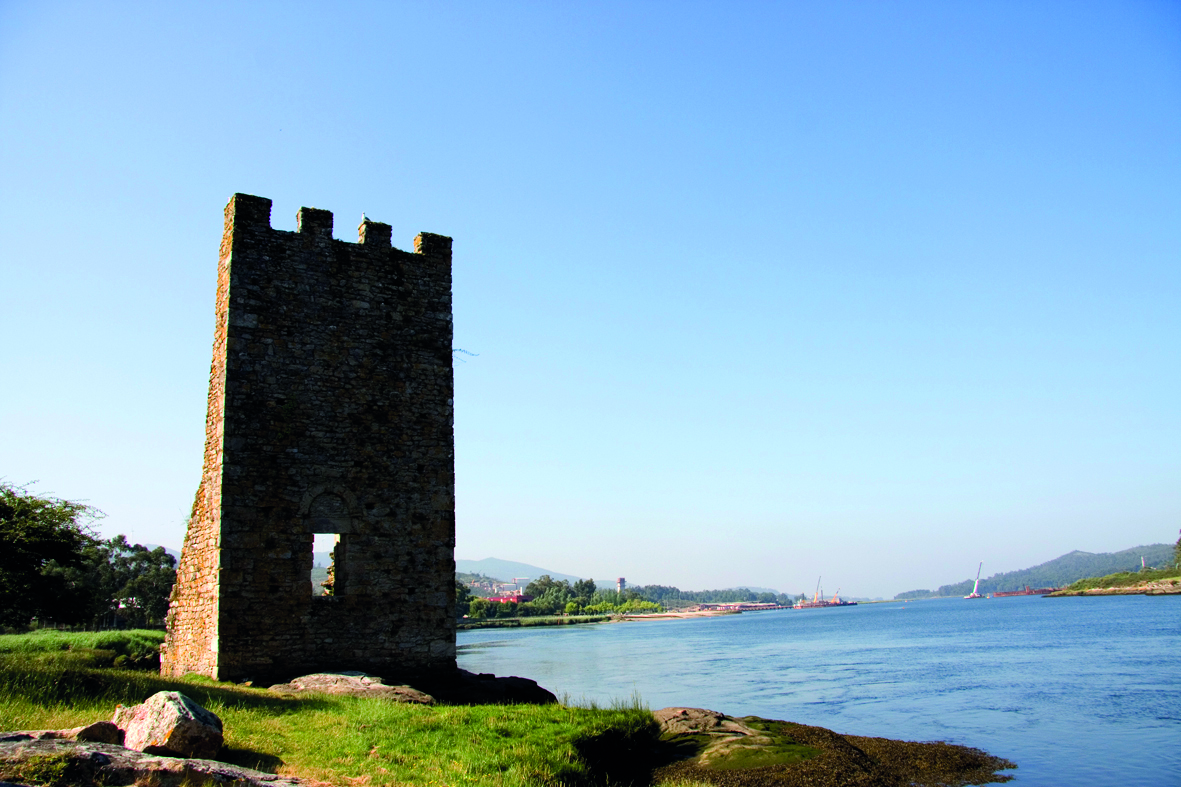
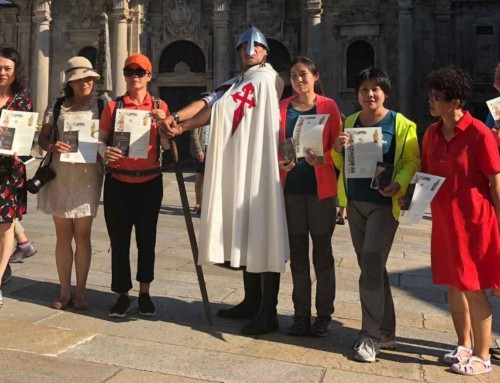
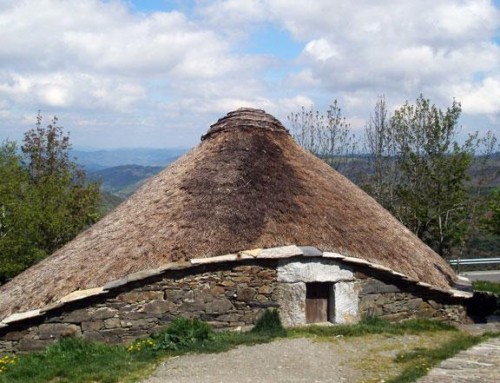
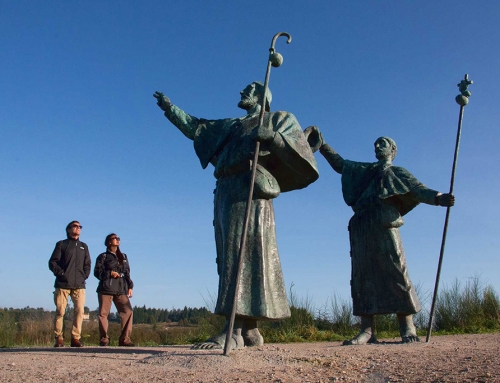

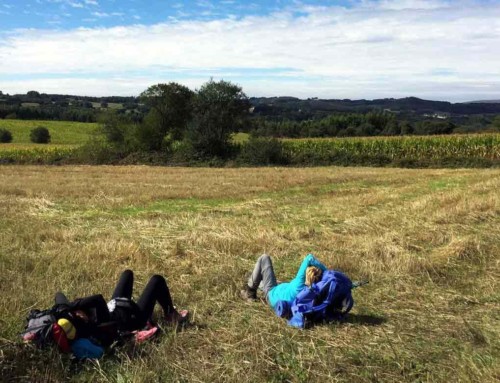
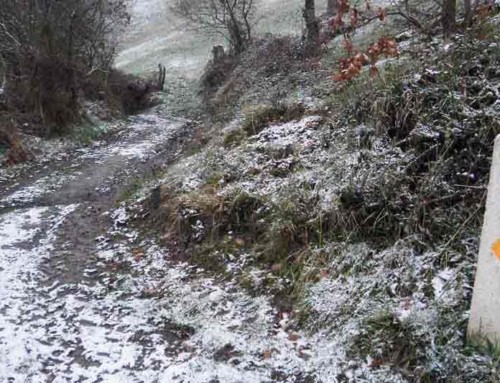

Leave A Comment